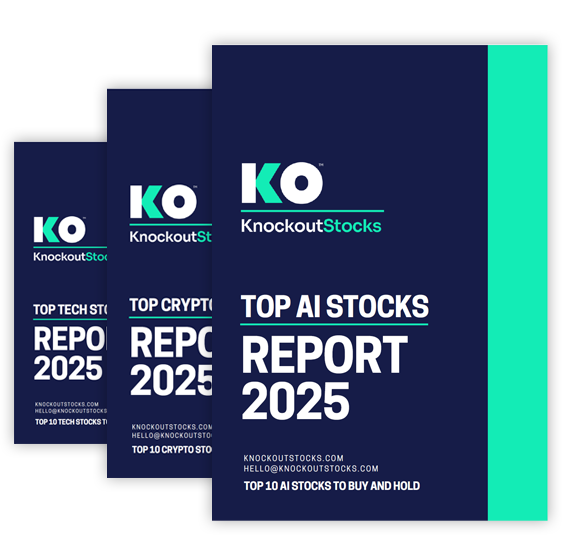TLDR;
- Cathie Wood’s Ark Invest has sold Tesla shares for two consecutive days amid a robotaxi rollout update.
- Tesla will reportedly launch its first autonomous ride-hailing service in Austin on June 12.
- Nvidia CEO Jensen Huang called Tesla’s robot and robotaxi efforts the next “multi-trillion dollar industry.”
- Despite the optimism, Tesla faces declining EV sales and risks that could heavily impact its valuation.
Cathie Wood’s ARK Invest has once again trimmed its stake in Tesla (NASDAQ: TSLA), marking the second day in a row of selling activity.
ARK Invest Shorts Tesla, Again
On Wednesday, the flagship ARK Innovation ETF offloaded over 15,000 shares, worth approximately $5.4 million. This followed a Tuesday sale of 27,377 shares. Despite the cuts, Tesla remains the fund’s largest holding, comprising 13.23% of the ARKK ETF.
The timing of the sell-off comes as Tesla’s long-awaited robotaxi service appears set for a June 12 debut in Austin, Texas. While ARK has long bet big on Tesla’s autonomy push, the recent trimming suggests a tactical move, perhaps capitalizing on Tesla’s recent 27% stock rally in May or managing risk ahead of a pivotal, unproven product launch.
Robotaxi Rollout Inches Closer
Tesla’s robotaxi project has entered a new phase of visibility. According to Bloomberg, Tesla is preparing to launch a limited fleet of autonomous Model Y vehicles in Austin starting mid-June. These robotaxis, reportedly invite-only and heavily supervised, mark the company’s first foray into self-driving ride-hailing services.
BREAKING: Tesla launching robotaxi service in Austin on June 12th pic.twitter.com/ifV18fTSFv
— Tesla Owners Silicon Valley (@teslaownersSV) May 28, 2025
Tesla CEO Elon Musk further confirmed hat testing of driverless Model Ys on public roads in Austin had already begun. He also teased that customer deliveries directly from the factory—without a human driver—could begin next month.
Still, the rollout is intentionally limited in scope. Tesla plans to start with 10 to 20 vehicles and will geofence the service to certain areas of Austin. Full autonomy, Musk has clarified, will be available only on the Model Y platform for now. Tesla’s CyberCab, a steering wheel–free robotaxi built from the ground up, remains on track for production in 2026.
Nvidia Sees a Trillion-Dollar Future in Tesla Tech
As Tesla accelerates toward autonomy, tech titan Nvidia is paying close attention. In a recent interview, Nvidia CEO Jensen Huang heaped praise on Musk’s autonomous ambitions, calling the Tesla robot and robotaxi projects “world class” and “revolutionary.”
Huang believes Tesla’s humanoid robot, Optimus, and its self-driving initiatives are poised to create the “next multi-trillion dollar industry.” Nvidia chips power much of Tesla’s AI and self-driving compute infrastructure, deepening the two companies’ strategic ties.
Musk has predicted that Optimus could go into mass production by 2029 and even outnumber humans by 2040. He sees both Optimus and robotaxis as the primary value drivers for Tesla’s future—not its core EV business.
Tesla’s Road Ahead
Despite the soaring rhetoric, Tesla faces serious challenges. EV sales are faltering globally. In Q1 2025, Tesla deliveries fell 13%, and April numbers in Europe were especially grim: down 62% in the UK and over 70% in several key EU countries. Meanwhile, competitors like BYD are surging ahead with ultra-affordable models.
Tesla’s ambitious future, centered on AI-powered robots and autonomous taxis, is years from materializing at scale. Regulatory hurdles, safety concerns, and strong competition from players like Waymo cast doubt on how quickly Tesla can scale its robotaxi service.
Financially, Tesla trades at a steep valuation with a price-to-earnings ratio north of 180. Critics warn that a 70% correction is possible if Tesla’s earnings continue to deteriorate and its futuristic bets fail to produce near-term revenue.



